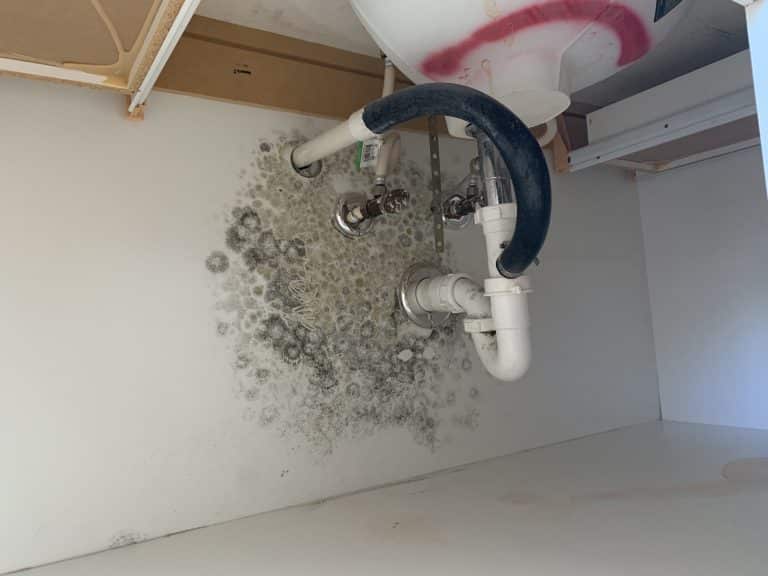Well, it’s complicated. But then insurance coverage often is. So here are generalities and then you can check your own policy and with your state’s insurance regulations.
Insurers cover mold contamination that results from sudden and unforeseen accidents, such as a burst pipe, a toilet that overflowed or a malfunctioning A/C unit—as long as you take reasonable steps to mitigate the damage.
Examples of what will be covered
· The hot water heater bursts and mold grows on the surrounding walls.
· Mold develops due to the fire company extinguishing a fire at your home.
· The dishwater goes haywire and floods your kitchen.
Most insurers do not cover mold contamination that results from the homeowner’s negligence. This includes mold from long-term leakage, moisture or water intrusion due to substandard construction, ordinary wear and tear, lack of maintenance or poorly done repairs. In other words, anything that they feel you should have/could have prevented.
Also, mold that results from a regional or storm-related flooding is not covered. You would need a separate policy for flood insurance.
Examples of what will not be covered
· Your bathtub has leaked for years and a mold infestation has resulted.
· You live in a humid climate and failed to use a dehumidifier.
· After an accidental flood or overflow, you failed to dry out everything that was waterlogged as soon as possible (i.e., immediately).
In the state of Texas, it is common that if a homeowner’s policy is used then they will require a Certificate of Mold Damage Remediation (CMDR) to insurance the remediation is complete and the mold damage is not likely to return for the same reason.
In this case, you will need need to get a mold assessment done by an inspector licensed in the state of Texas and a protocol written. You will then need to get the work done by a mold remediation company licensed in the state of Texas.
After the work is complete, a licensed mold consultant will need to come out and verify the work is done with a post remediation clearance inspection. Once the project is deemed complete the the mold inspector, the licensed mold remediator in charge of the project will sign their part of the CMDR within 10 days of the project being complete and then the licensed mold consultant will sign their part of the certificate.








